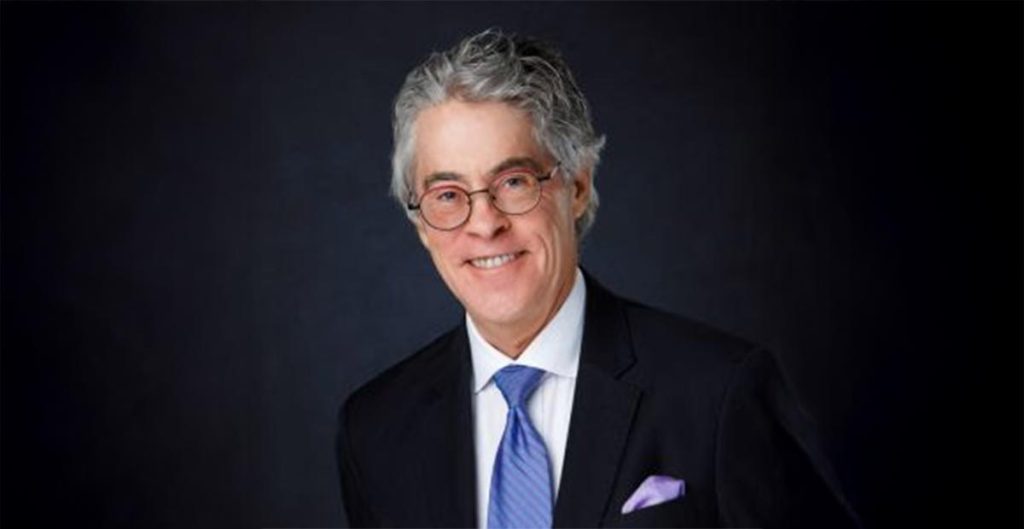On-and-off-and-on again tariffs. Wars that drag on without resolution. Political gridlock making it nearly impossible to know what policy will look like a year from now. And, the most recent addition to the mix, concerns about state capitalism. My nervous system interprets all this as danger, and I find myself bracing for the economic worst.
Yet here we are with U.S. markets near all-time highs. Why isn’t the stock market crashing with all this bad news? Wall Street calls this “climbing the wall of worry.” Stocks often rise in spite of or perhaps even because of uncertainty. Today’s market euphoria is probably fueled more by momentum, liquidity, and the concentration of returns in a handful of large technology companies.
Even so, state capitalism is a possible trend worth watching because it can shape what future returns look like. As I clarified in a previous column, this is not socialism, which eliminates markets. State capitalism leaves them intact but overlays them with significant government influence which can affect market performance.
To see how this has played out, I used indexes from MSCI, Inc., to compare ten-year equity results (to July 31, 2025, net of withholding taxes, dividends included) for the U.S. and four countries widely seen as practicing versions of state capitalism.
• United States (broad market): 12.56%/yr; volatility ~16.03%.
• Norway (oil-rich, state ownership, strong governance): 5.90%/yr; volatility ~21.79%.
• Singapore (Temasek/GIC oversight): 6.50%/yr; volatility ~18.54%.
• Saudi Arabia (strategic state guidance): 5.95%/yr; volatility ~18.39%.
• China (broad market, A/H/ADR): 3.77%/yr; volatility ~24.32%.
The U.S. crushed it. Norway and Singapore, with their mix of state ownership and strong governance, delivered mid-single-digit returns. China, where government influence and weak investor protections weigh heavily, produced the lowest results. All these markets gave lower returns for higher volatility.
Does this suggest that investors should avoid markets under state control? Not really. They are still appropriate as a modest part of a globally diversified portfolio. While history shows that state influence mutes returns and increases volatility, the evidence does not support a belief that investing only in free markets will supercharge your returns.
What may be more important for your long-term financial health is to manage anxiety around the headlines rather than letting worry dictate your financial decisions. Fear-inducing news may lead a panicked part of you to warn, “Sell now! Protect yourself before the crash!” Another part may insist, “Stay invested; you can’t afford to miss the upside.” Both are trying to help. Both carry emotional truth. And both are shaped not only by today’s conditions but also by old experiences of scarcity, loss, or distrust.
What helps is slowing down enough to notice which part is driving the anxiety, identifying what money scripts it holds that are rooted in the past, and then compassionately acknowledging its fear while updating it with new information.
Here are the guardrails I suggest to clients: Do not invest the equity portion of your portfolio all in the U.S. Consider aligning your allocation to U.S. stocks with their share of the global market, currently around 55 percent. That leaves 45 percent in global markets, heavily weighted toward developed countries with free markets. Maintain global diversification with some exposure to state-guided markets, like China or Norway, minimized according to their capital market weight. When anxiety spikes, revisit your written investment policy to help you stay on track.
Feeling anxious about alarming economic news is not irrational. History suggests it is a pretty good mirror of how these markets behave. Our task as investors is to notice the parts inside us that panic, respect them, and lead them with clarity, to protect our portfolios from swinging with every headline.


